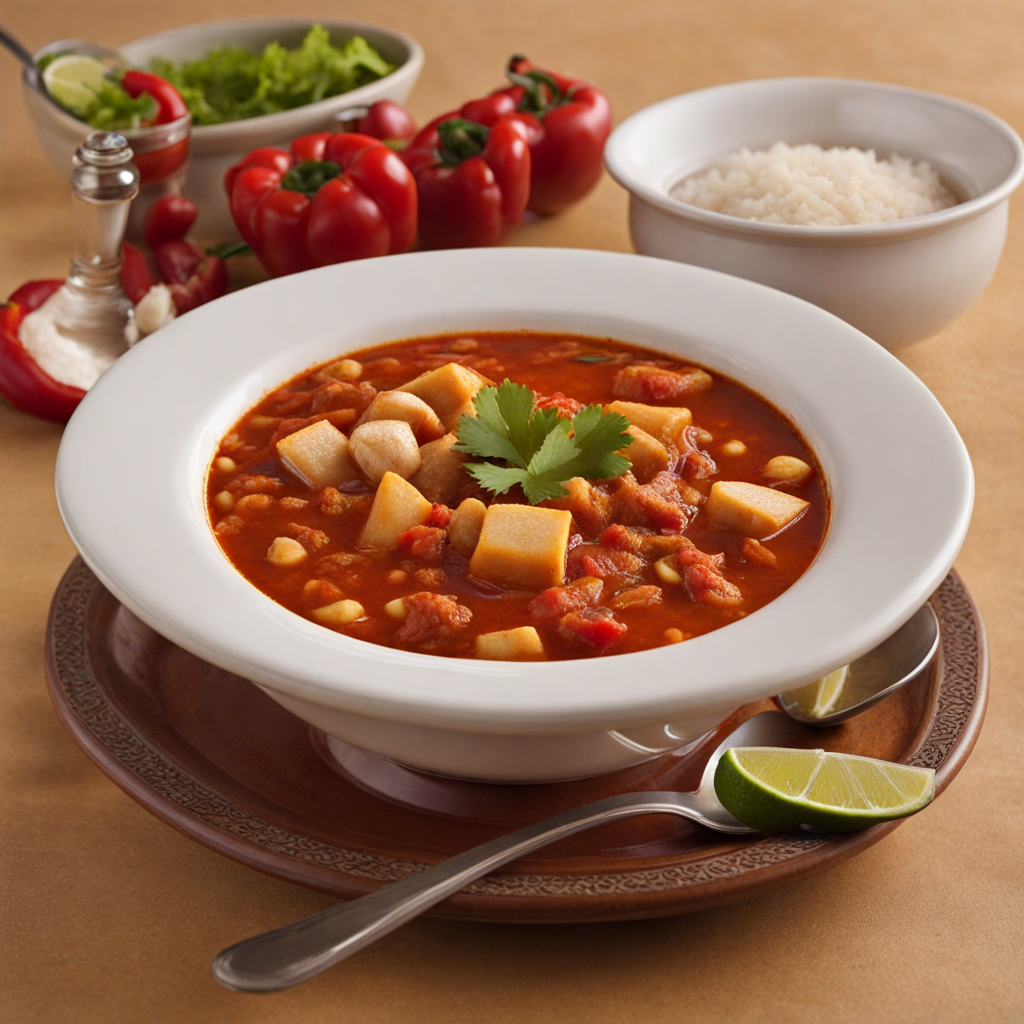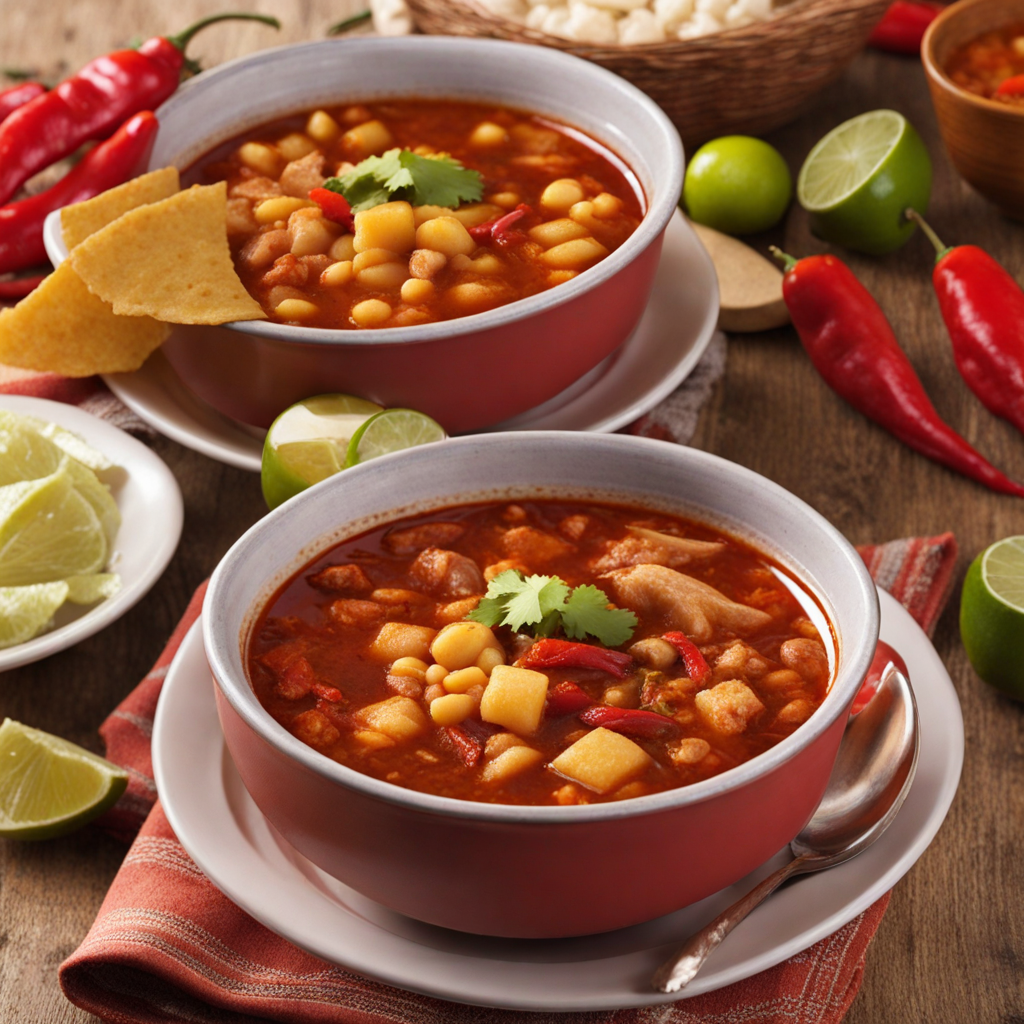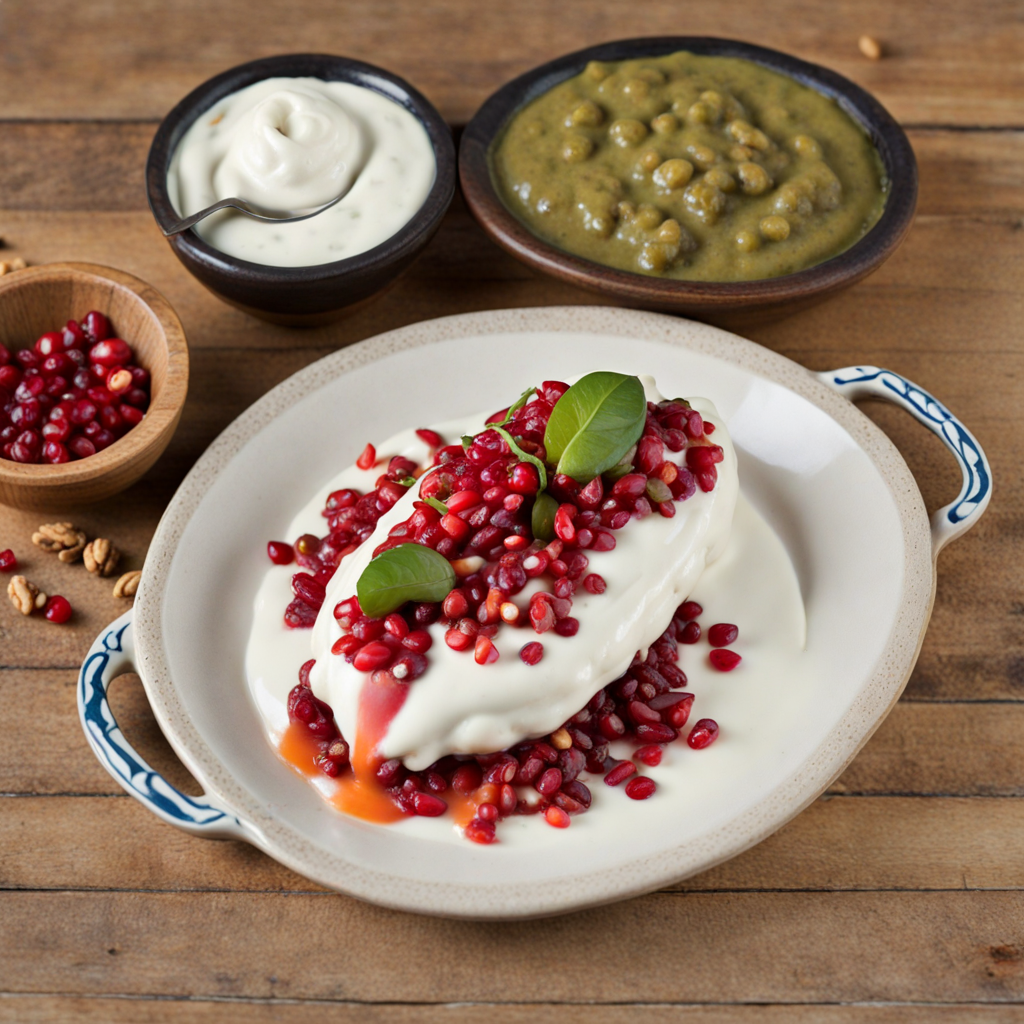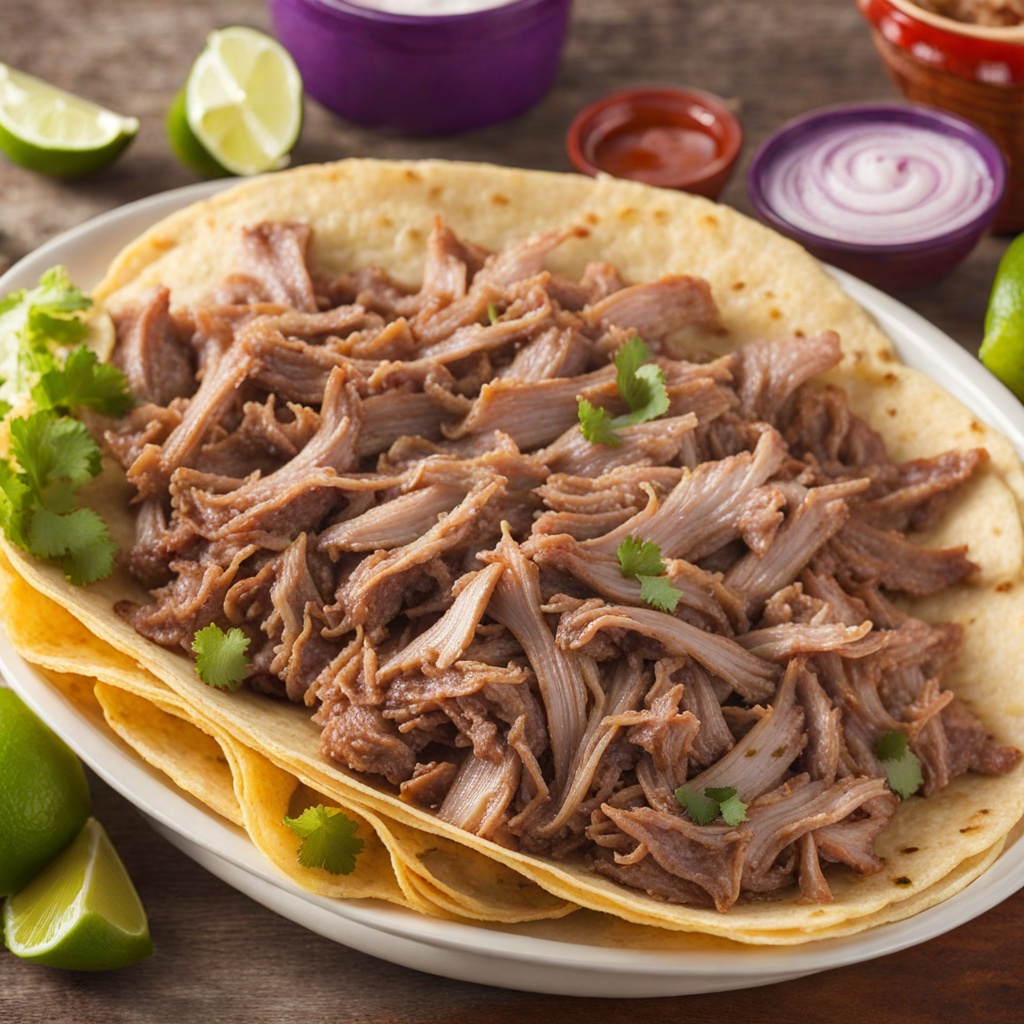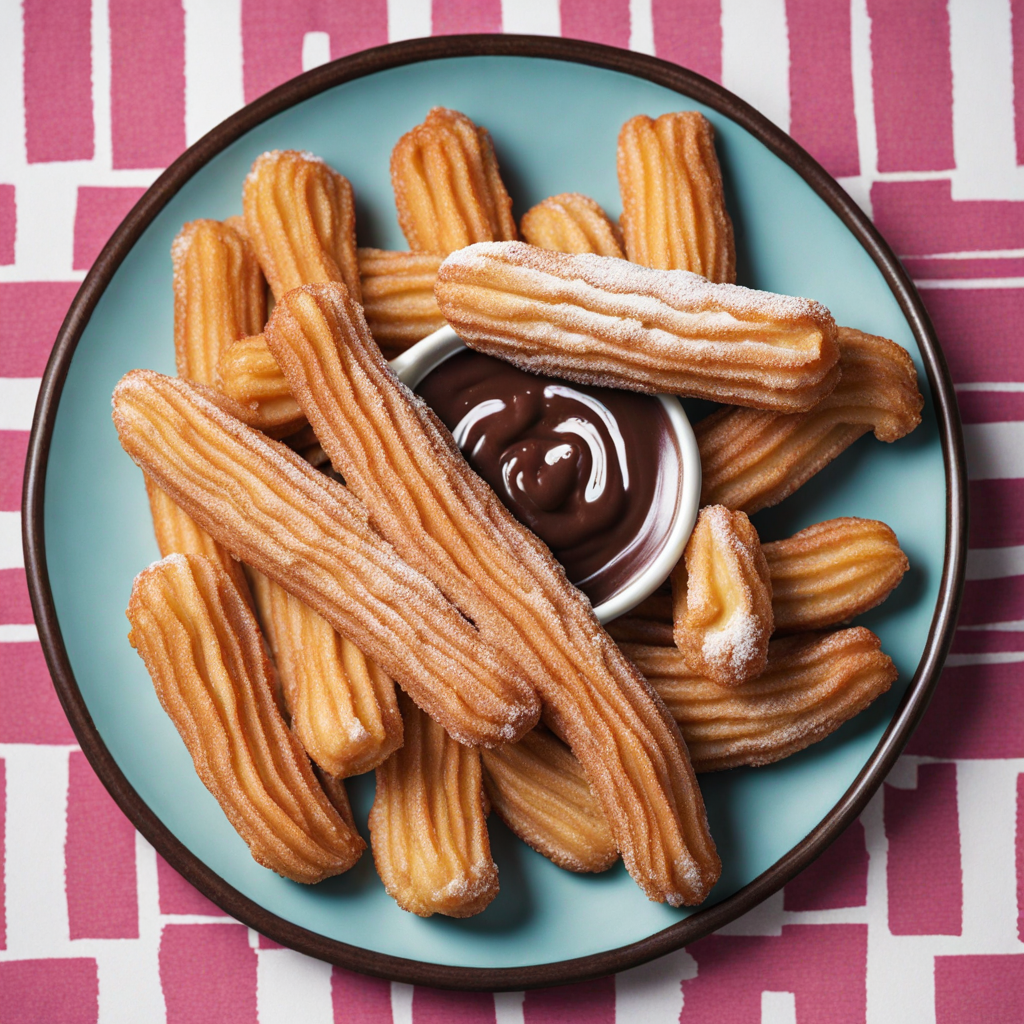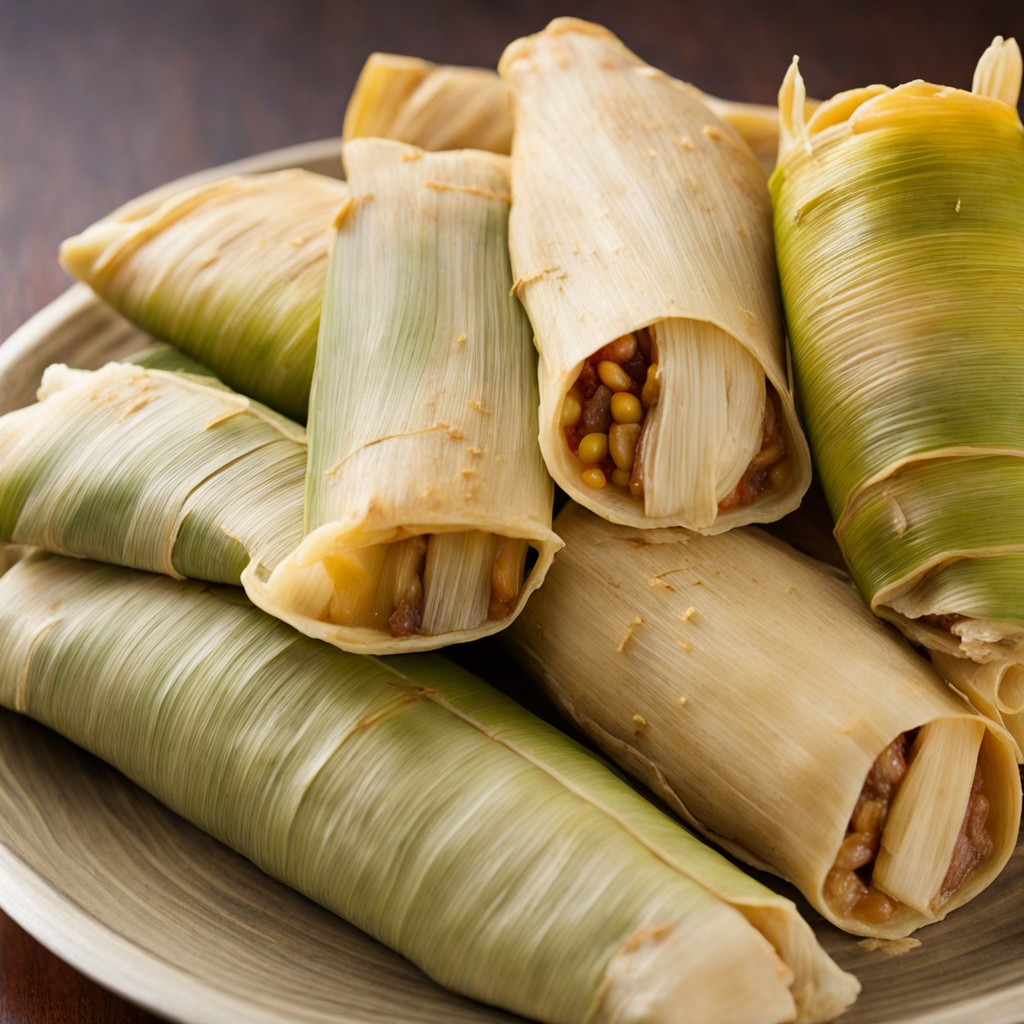Menudo
Menudo is a traditional Mexican soup that holds a special place in the hearts and kitchens of many families across the country. This hearty dish is primarily made from beef tripe, which is the edible lining of the stomach of cattle, and is known for its rich flavors and comforting qualities. Menudo is often enjoyed during festive occasions, family gatherings, and celebrations, particularly on weekends and holidays, as it is believed to be a remedy for hangovers and a source of nourishment. The history of menudo is deeply rooted in Mexican culinary traditions, tracing back to pre-Hispanic times. The Aztecs and other indigenous cultures used all parts of the animal in their cooking, making tripe a common ingredient. Over the centuries, the dish evolved, influenced by regional variations and personal recipes passed down through generations. While menudo is popular throughout Mexico, it has distinct regional interpretations, particularly in states like Jalisco, Michoacán, and the northern regions. In the United States, menudo has gained popularity within Mexican-American communities, where it is often served in restaurants and at family gatherings. The flavor profile of menudo is robust and complex, characterized by a rich, savory broth that is both spicy and aromatic. The soup is typically seasoned with a mixture of spices including oregano, cumin, and crushed red pepper, which impart a warm heat to the dish. The tripe itself has a unique texture that is tender yet slightly chewy, absorbing the flavors of the broth beautifully. The addition of hominy—dried
How It Became This Dish
Menudo: A Culinary Journey Through Time and Culture Menudo, a traditional Mexican dish, is much more than just a meal; it is a flavorful symbol of heritage, community, and familial ties. This hearty soup, primarily made from beef tripe and often served with a rich broth flavored with hominy and spices, has a history steeped in cultural significance, regional variations, and evolving recipes that reflect the diverse tapestry of Mexican cuisine. Origins The roots of menudo can be traced back to the pre-Hispanic era, where indigenous peoples utilized every part of the animal, a practice that continues to this day in many cultures. The Aztecs and other Mesoamerican civilizations valued offal, including tripe, for its nutritional content and economic viability. Menudo, in its earliest forms, may have been prepared using techniques and ingredients that were readily available, such as chili peppers, maize, and various herbs. As the Spanish colonizers arrived in the 16th century, they brought with them new ingredients and culinary techniques that merged with indigenous practices. The introduction of spices such as cumin and garlic began to influence the flavor profiles of traditional dishes. The melding of these culinary traditions gave rise to what we now recognize as menudo, utilizing tripe as a base while incorporating local flavors and textures. Cultural Significance Menudo is far more than just a dish; it is a cultural ritual that embodies the spirit of community and family in Mexican society. Often served during significant gatherings, such as weddings, holidays, and religious celebrations, menudo holds a special place in the hearts of many Mexicans. It is particularly popular during festivities like Christmas and New Year's Day, where it is believed to cure hangovers—a testament to its hearty and restorative qualities. In Mexico, preparing menudo is often a communal affair. Families come together in the kitchen, sharing stories and laughter while crafting this beloved dish. The process of making menudo is as important as the final product, as it reinforces familial bonds and cultural identity. The recipe often varies from one household to another, reflecting regional influences and personal preferences, making every bowl of menudo a unique expression of tradition. Ingredients and Preparation The primary ingredients of menudo include beef tripe (the stomach lining), hominy (dried corn kernels that have been treated with an alkali), and a variety of spices, such as chili powder, garlic, and oregano. The preparation of menudo is labor-intensive, typically requiring several hours of slow cooking to achieve the tender texture of the tripe and to allow the flavors to meld together. The process begins with cleaning the tripe thoroughly, a task that requires skill and patience. Once cleaned, it is boiled until tender, and then combined with hominy and a rich broth made from a blend of spices. The soup is often garnished with fresh toppings such as chopped onions, cilantro, lime wedges, and crushed red chili flakes, allowing each diner to customize their bowl according to personal taste. Menudo can vary widely across regions in Mexico. In the northern states, for example, the broth may be spicier, while in the south, it may be milder and served with additional accompaniments, such as avocado or fresh tortillas. Each variation tells a story about the local culture and the ingredients that are readily available in the region. Evolution and Modern-Day Menudo As Mexican immigrants brought their culinary traditions to the United States, menudo began to gain popularity beyond its country of origin. In the late 20th century, it became a staple in Mexican-American communities, often served in restaurants and at family gatherings. The dish's unique flavor and communal nature resonated with those seeking comfort food that connected them to their heritage. In recent years, menudo has seen an evolution in its presentation and preparation, with some chefs experimenting with modern techniques while still honoring traditional methods. Gourmet versions of menudo have emerged, where chefs elevate the dish using high-quality ingredients, intricate plating, and innovative flavors. This modern twist has introduced menudo to a broader audience, showcasing its versatility and depth. The dish has also experienced a resurgence in popularity among food enthusiasts and chefs seeking to explore authentic Mexican cuisine. Food festivals and culinary events often highlight menudo, celebrating its cultural significance and rich history. Moreover, social media has played a role in promoting recipes and sharing personal stories related to menudo, bringing together a community of food lovers who appreciate its traditional roots. Conclusion Menudo is more than just a meal; it is a representation of Mexico’s rich culinary history and cultural identity. From its humble origins as a dish made from offal to its status as a beloved staple in Mexican households and restaurants, menudo embodies the spirit of community and tradition. It brings people together, fostering connections through shared experiences and flavors. As we continue to explore the complexities of global cuisine, menudo serves as a reminder of the importance of heritage, the beauty of communal cooking, and the stories that food can tell. Whether enjoyed in its traditional form or reimagined by contemporary chefs, menudo remains a cherished dish that resonates with generations, carrying the flavors and traditions of Mexico into the future.
You may like
Discover local flavors from Mexico


